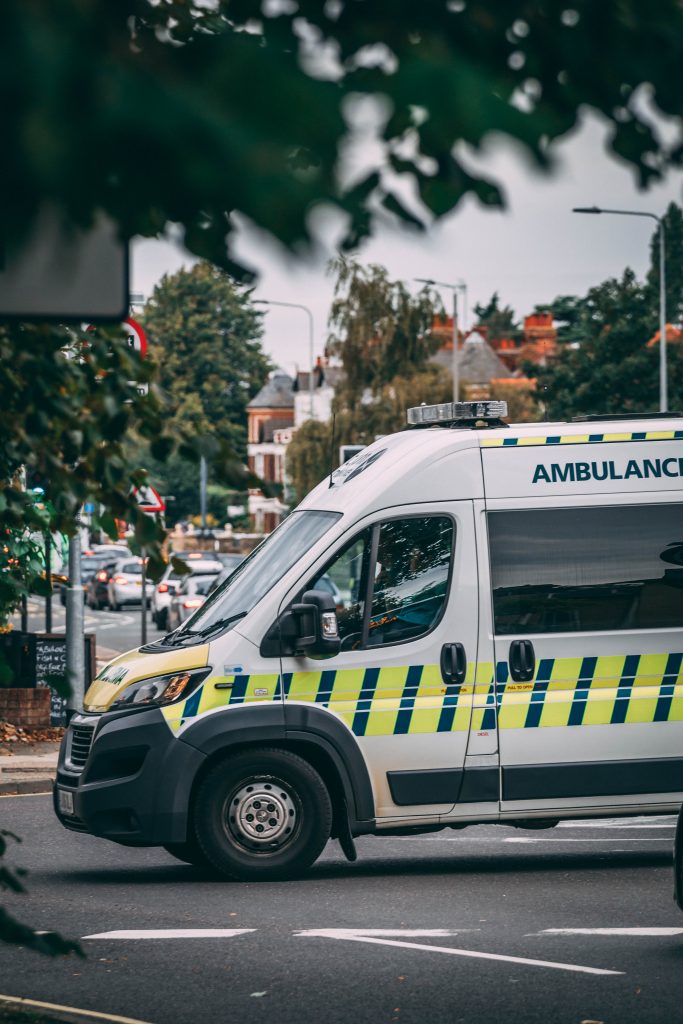
Knowing when to urgently call an ambulance, or take someone to their GP or to A&E is a decision that can make a huge difference to the NHS, particularly during extremely busy periods.
As ambulances may struggle to take your emergency call, they’d need to queue for long hours in front of the A&E departments to deliver many other patients. At the same time, patients must spend a very long time on trolleys, waiting for someone to become available to see them.
This article takes a closer look into the different situations, in order for you to gain a better understanding of what a real medical emergency is and what can wait until your GP can see you.
This should help you understand how to make the right decision in difficult situations.
If the patient is an elderly individual, an infant or a very young child, you must always phone an ambulance. Keep in mind that children are very good at hiding their symptoms. As their condition may rapidly deteriorate, you’d better take action sooner rather than later. If you are organising an event and you need medics, I recommend looking at Medics For Events.
Your best decision will vary from case to case. Regardless of other factors, here are the main situations when you must prepare to administer First Aid to a person in distress:
- When the person appears not to be breathing, breathing in a peculiar way, breathing with difficulty, or using other than the normal muscles to breathe in
- When the person has a deep wound that bleeds and you can’t stop this bleeding by applying pressure to the wound
- When the person is unconscious, numb, very weak, or not capable of speaking
- When the person has a seizure for the first time in their life. Even if they recover, you should still call an ambulance, particularly if the seizure has lasted longer than three minutes
- In case of a severe allergic reaction, it is essential that you administer them an adrenaline shot and call an ambulance immediately after that
Here’s what to do when the person in distress is an elderly individual or a child:
- If they’ve suffered severe enough burns to call for dressing, run cold water onto the burn for 20 minutes and phone an ambulance. Keep cooling the injury until the paramedics arrive and beware of eventual signs of shock. Adults with burns should cool their wounds for 20 minutes at least and then apply a special dressing or cling film. The next thing to do must be to go to the A&E to get proper medical care.
Things To Do When Someone Falls
If someone’s fallen from a height, has been hit by a car, or has been injured during a spinal manipulation procedure or sports combat, call an ambulance right away, as there’s a chance of a spinal injury.
Keep the patient still until the ambulance arrives.
If they are on their back and you are concerned about the obstruction of their airways, you can try to slowly roll them into the recovery position and phone an ambulance. Be careful not to twist their spine, as this could make their situation even worse. You must ensure you have enough people available to help transport the patient to the emergency.
If the patient is unconscious and not breathing, start CPR as early as possible. If the patient is a baby or a child, perform one minute of CPR prior to phoning an ambulance. In the case of an adult, phone the ambulance immediately and use an AED, if available.
